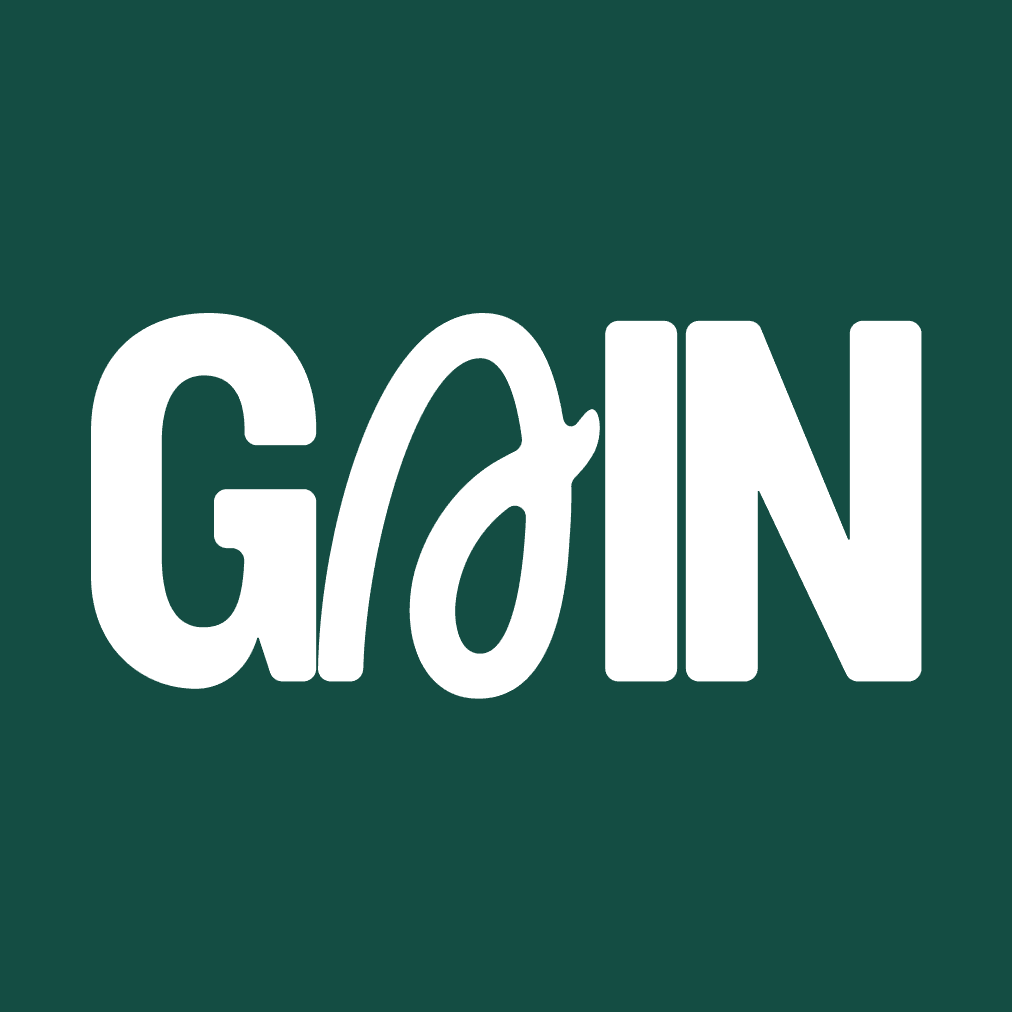Neil
Overview
In DeFi's realm where tokens freely race,
A need arose for value firm and true,
Not fleeting coins that shift with market's pace,
But yield from things the real world once knew.
Enter the RWA, with solid frame:
A house, a bond, a field of golden grain.
On-chain they come, but not with trust the same,
They need new rails to break tradition’s chain.
Here Kernel stands, the structure none can see,
A restaked spine beneath the world we build.
Like concrete under towers rising free,
It guards the flows, ensures the yields are filled.
So stake not just for gain, but for the cause,
To root DeFi in trust, not in applause.
In the world of decentralized finance (DeFi), value has mostly lived in the abstract. Tokens like ETH, governance coins, and stablecoins form the economic layer of Web3. They move fast, live on-chain, and speak the native language of blockchains. But this world of digital-native assets is only part of the picture. To build a financial system that serves more people, we need to connect it to the one thing traditional finance still does well, that our forefathers for centuries have, which is real-world value.
That’s why Real-World Assets, or RWAs, become crucial.
What Are RWAs?
RWAs are assets from the physical world represented on the blockchain. Think of a U.S. Treasury bond, a real estate deed, a commercial invoice, or a warehouse full of grain. Now imagine each of those assets digitized, turned into tokens that can be stored, traded, and programmed in DeFi.
RWAs take the credibility of the real world, its regulations, its tangible value; and combine it with the programmability and openness of Web3. They are the bridge between legacy finance and decentralized finance, giving DeFi roots in something stable and proven.
It’s like connecting a smart city to a power grid. DeFi brings speed and flexibility. RWAs bring grounding and real-world yield. Together, they make the system more useful, especially for everyday people, institutions, and underserved markets.
Why RWAs Matter?
Crypto has always been fast, borderless, and open. But it’s also volatile. Much of DeFi today is built on speculative capital. Prices move wildly. Yields fluctuate. Access is limited to those who understand the risks.
RWAs change the equation. By bringing in assets that are yield-bearing and predictable, they introduce stability. A tokenized bond or invoice is less volatile than a governance token. It’s backed by real-world cash flow. This matters for users looking for safer returns, and for builders looking for long-term adoption.
RWAs also help diversify DeFi’s economy. Instead of being an echo chamber of crypto-to-crypto activity, DeFi can now service supply chains, climate projects, small business lending, and housing markets. This is not just innovation, it’s transformation.
Tokenization Is Just the Beginning
Turning a real-world asset into a token is a technical task. But making that token useful in DeFi is something else entirely.
You can tokenize a house. But who owns it if something goes wrong? Who enforces the terms of a loan backed by that house? What if the borrower defaults, or the legal structure changes?
RWAs require more than wrapping, they need infrastructure. They need smart contract logic, governance frameworks, risk management, off-chain enforcement, and most importantly, trust.
Without this, tokenized RWAs become empty shells; crypto in appearance but TradFi in behavior. We risk recreating the same opaque systems that DeFi set out to improve.
How KernelDAO Powers Trust for RWAs?
This is where KernelDAO plays its role. Kernel is not just another protocol. It’s a trust layer, the invisible architecture that secures and connects decentralized systems, especially those interacting with the real world. At its core, Kernel is a liquid restaking platform. But its real value lies in what restaking enables.
Imagine DeFi as a digital city. Blockchains are the roads and power lines. Protocols are the storefronts and services. Assets are the goods being moved around. In this city, Kernel is the steel, the scaffolding, and the security grid underneath, quietly supporting everything from the ground up.
What Is Restaking?
Staking is the act of locking your crypto to secure a blockchain. Restaking builds on that. It allows your staked capital to also secure other systems, like oracle networks, bridges, or data services. In the context of RWAs, these systems are essential.
Imagine you stake your house as collateral to secure a loan. Then, you also let that house host a neighborhood watch tower. It’s doing double duty, earning value while securing the whole neighborhood.
Restaking does the same for crypto capital. And Kernel lets users do it without giving up liquidity. When you restake through Kernel, you receive a liquid token like kETH, which can still be used in DeFi. Your assets stay active, secure the ecosystem, and remain composable.
RWAs Need Infrastructure. Kernel Delivers It.
RWAs introduce real-world complexity. They bring in off-chain risks, legal jurisdictions, physical assets, and time-sensitive contracts. To manage these, we need decentralized enforcement, autonomous governance, and programmable security.
KernelDAO powers this infrastructure through three pillars:
1. Crypto-Economic Security
Restakers supply collateral that helps back decentralized services. Honest actors are rewarded, dishonest ones are penalized. The result is trust that doesn’t rely on companies, it relies on incentives.
2. Decentralized Validation
No single entity controls Kernel’s trust layer. It’s open, transparent, and governed by the community. That makes it resistant to censorship, manipulation, or failure.
3. Modular Composability
Any RWA protocol can plug into Kernel. Instead of building their own validator networks or risk frameworks, they can leverage Kernel’s infrastructure to scale securely and sustainably.
The Real Future of DeFi
RWAs give DeFi purpose beyond speculation. But without strong, secure infrastructure, they risk becoming fragile. That’s why Kernel’s role is so critical. With Kernel, RWAs don’t just go on-chain. They go on-chain safely, scalably, and sustainably. Protocols get the security they need. Users get real-world yield. And the ecosystem gains depth, resilience, and credibility.
How to shape it?
The next wave of DeFi will be built on real value, not just token prices, but tokenized goods, services, and contracts that impact the real world.
KernelDAO is here to support that shift. We’re working with protocols across the RWA landscape; lending, supply chain, commodities, data services, and more. And as our liquid restaking model grows, so does the ability for any user to support, secure, and benefit from the future of real-world DeFi. If you want to see what happens when capital becomes infrastructure and if you want to help shape a financial system that’s open, secure, and connected to real lives, join us at KernelDAO.
Sign up for more interesting blogs & updates




